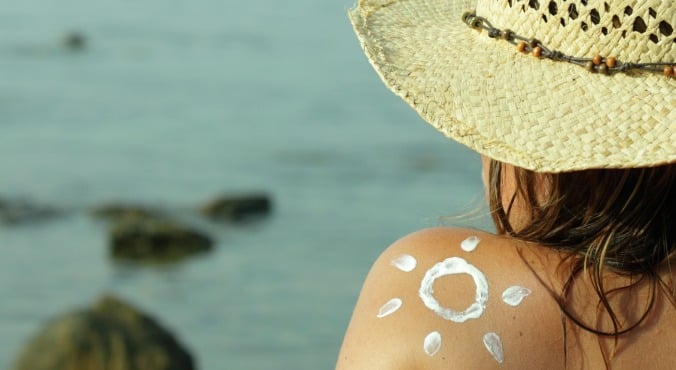
Image: iStock. By Rodney Sinclair, University of Melbourne.
Australia has one of the highest rates of skin cancer in the world. Two-thirds of Australians will be diagnosed with skin cancer by the age 70.
The vast majority are non-melanoma skin cancers such as squamous cell carcinomas (SCC) and basal cell carcinomas (BCC). These are relatively easy to treat and rarely spread to other parts of the body.
Thirty years of SunSmart campaigns have raised community awareness – and anxiety – about skin cancer. But while most people know early detection is best, there’s a lot of confusion about whether you need to undergo regular skin checks. (Paper Tiger on how to have a healthy holiday. Post continues after video.)
Breast, bowel and cervical cancer prevention programs recommend population-wide screening with mammograms, pap tests and stool tests. But this isn’t the case for skin cancer checks.
Opportunistic screening.
Current clinical guidelines recommend examining your own skin and asking your GP for a skin check if you notice anything suspicious.
This means familiarising yourself with your skin and looking for new moles, sores, lumps or lesions – or those that have changed size, shape or colour. (post continues after gallery.)
Celebrities who have battled cancer
Australian guidelines favour self-detection and opportunistic screening over a population-wide program of regular skin checks because such a program would be incredibly costly and there is insufficient evidence that checking everybody would save lives. This is because:
